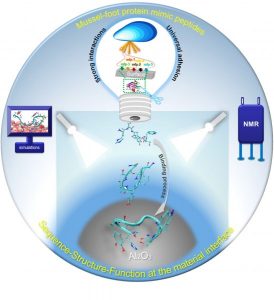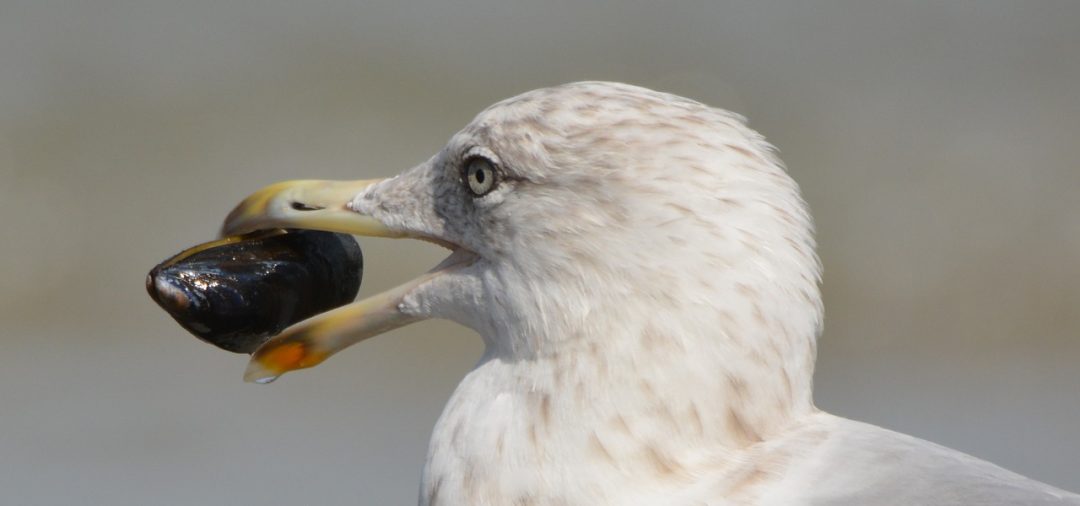Controlling interactions between synthetic adhesives and material surfaces as precisely as the mussel would enable researchers to develop next-generation adhesives. These could offer purpose adapted properties, reaching from material specific to universal glues to cope with virtually any surface.

A strategy to better understand biological adhesion processes.
Prof. Hans Börner, Dr. Andre Dallmann, and co-workers from the Humboldt University in Berlin report on a synthetic 12mer peptide that mimics aspects of mussel-glue proteins. The mussel-glue inspired peptide exhibited multi-point anchoring with multi-state, mixed-mode interactions, and had discrete structural responses to the attached material surface.
The adhesive system of marine mussels was extensively studied as in many aspects, mussels can outperform sophisticated technical wet glues. They can adhere to virtually any hard surface under rather hostile conditions, and 3,4-dihydroxy-L-phenylalanine (Dopa) residues are well known to contribute to adhesion and cohesion.
The sequence environment of Dopa residues is currently being studied to further understand its extraordinary adhesion behavior. While high molecular weight mussel-glue proteins are complex and challenging to investigate, short peptides have proven to be capable mimics to study surface specific interactions. The biocombinatorial strategy of phage display was used to identify binding peptides from large peptide libraries, making identification of mussel-glue mimetic peptides straightforward. Nevertheless, the underlying structural secrets, which facilitate the peptide-substrate interactions, are still not understood at the molecular level.
The researchers are convinced that their strategy deepens our understanding of biological adhesion processes and provides opportunities to improve artificial adhesives and glues. Read more about their work, which has just been accepted in Advanced Materials Interfaces as a full paper, here.

















